I have seen lot of ampere meter shunt like this. What is the reason for this small cut?
-
7Laser trimming. – winny Sep 30 '17 at 18:44
-
16@winny Looks more like hacksaw trimming to me. – Andrew Morton Sep 30 '17 at 19:09
-
5@AndrewMorton Whatever floats your boat! – winny Sep 30 '17 at 20:13
-
1What they said. Note that trimming like this is crude and unlikely to be used on very high precision shunts. 2nd order effects make such a mechanically assymetrical adjustment liable to produce errtos as eg current and temperature vary. – Russell McMahon Oct 04 '17 at 02:45
-
@AndrewMorton nice one!! – paki eng Dec 21 '20 at 12:00
2 Answers
To be accurate, a current shunt must have a specific resistance value. The method used here to get that resistance just right is to build the shunt with a too-low resistance, then trim it by cutting into the bar until the measured resistance (or rather, measured voltage output for a known current input) increases to the wanted value.
It would also be possible to build the shunt out of components with more predictable properties and assemble them more carefully (repeatably), but doing it this way is simpler because the shunt can be made out of metal bar stock of no particularly precise dimensions or composition; the trimming process, done last, removes all sources of error preceding it.
The same process is also done with smaller precision resistors as laser trimming — burning the resistive material off of the non-conductive substrate using a laser.
- 7,444
- 1
- 25
- 44
-
1I have always found old (no longer servicable) shunts a useful source of copper - in most cases... – Solar Mike Sep 30 '17 at 20:05
-
1Good shunts are not made from pure copper, an alloy with a better temperature coefficient than copper should be used. – Uwe Oct 02 '17 at 14:22
-
2I could see a parallel to wheels on cars. The rim is sold as is to a certain standard then weights are added after the fact to make sure the wheel balances, which is miles cheaper than making sure the rim is balanced perfectly for any given car/tyre out of the factory – SGR Oct 02 '17 at 14:46
That is how the shunt is calibrated for accuracy as it reduces the area to pass the current.
- 6,319
- 1
- 12
- 28
